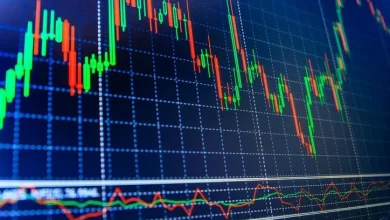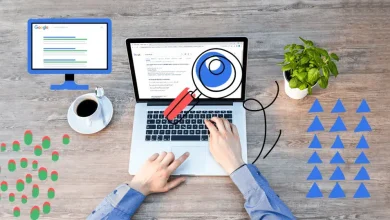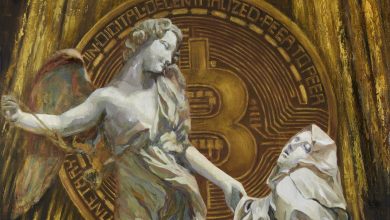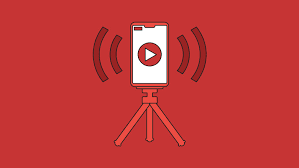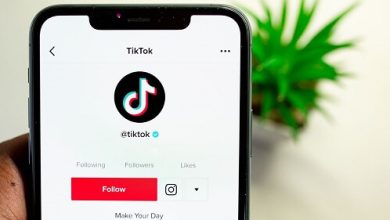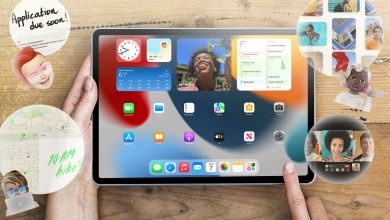How do NFT tokens work?
As a novel phenomenon, NFTs are drawing attention from the media. NFT works were to be shown in the Hermitage in 2021, according to their plans. Jack Dorsey’s first tweet in the same style sold for $2.9 million earlier this year, while artist Mike Winkelmann’s NFT artwork was sold for a record $69 million.
What exactly is NFT, and why is everyone talking about it?
Definition of NFT
A non-fungible token is referred to as an NFT. For a better grasp of tokens, it is important to know where they come from – in this instance, the blockchain.
Blockchains are databases that are kept on a large number of computers at the same time. There are no centralized nodes (servers or Internet providers) in the conventional paradigm of the Internet, but the blockchain operates differently. Because there are no central nodes, all of the data broadcast on the blockchain is stored simultaneously by all of the devices in the system.
As a result of the tokens, a record is created in the blockchain’s ledger. The fungibility concept is one of the most unique features of most tokens. In the same way that one dollar, one ruble or one bitcoin may be readily exchanged for another dollar, one ruble or one bitcoin belonging to another person, so can a password.
It’s evident, however, that not all digital assets may be exchanged for other digital assets. Claude Monet’s painting is not the same as Pablo Picasso’s, and an mp3 of The Beatles’ song cannot be substituted by an audio recording of Eminem’s show. The structure of non-fungible tokens was thus designed in order to transmit unique goods to the blockchain.
Each NFT is one-of-a-kind, cannot be split, and all information about its creator, buyer, and all transactions associated with it is securely saved on the blockchain, making it impossible to counterfeit. If you want to purchase an NFT token, you may do so from a firm specializing in NFT token development.
An NFT may be used to sell anything.
Anything is possible. Any digital product that promises to be unique, such as music, photos, text, video, or 3D models:
For NFT collectors, gamers, and art and figure enthusiasts, there is a lot of focus. And of course, there’s art, in all its forms.
Exhibited as NFT items are not simply musical compositions or artistic renderings, but also actual replicas of the items themselves. As an example, Canadian artist Krista Kim raised $520,000 for a minimalistic model of a Martian-themed dwelling.
NFT was invented by myself. So, what’s next for me?
It is possible to use NFTs on a wide range of platforms. In some cases, you’ll just discover goods for video games or digital art for sale, while in others, you’ll find a wide range of products.
Services like OpenSea, Niftygateway, and SuperRare are well-known. The platforms get a percentage of each transaction in ethers (this is the name of the exchange unit of the Ethereum cryptocurrency – based on its infrastructure, non-fungible tokens were created). Commissions may range from tens of thousands of dollars to several hundred thousand dollars.
When a file is submitted to a service, it generates a token (and charges a fee), whereas other services produce NFTs only when the file is sold.
Until now, we had no idea what NFTs were. Is this their first appearance?
NFTs, on the other hand, are a relatively recent development in the world of blockchain and cryptocurrencies.
In the mid-2010s, NFT tokens were originally produced, but it was not until 2017 that the first NFT projects were made accessible. CryptoKitties, a game in which you may breed virtual cats, is largely responsible for the widespread adoption of NFTs, a technology that has already generated hundreds of millions of dollars in revenue. The game was a huge hit, and digital pets sold for more than $100,000 on the secondary market.
UAStar can help you at any stage of NFT marketplace development. Just contact our specialists.

